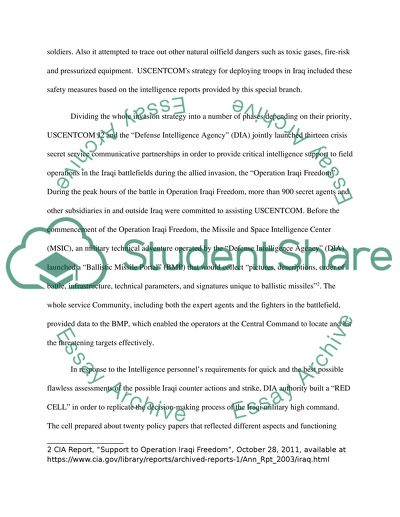Cite this document
(“Iraq War Essay Example | Topics and Well Written Essays - 1000 words”, n.d.)
Retrieved from https://studentshare.org/military/1434361-iraq-war
Retrieved from https://studentshare.org/military/1434361-iraq-war
(Iraq War Essay Example | Topics and Well Written Essays - 1000 Words)
https://studentshare.org/military/1434361-iraq-war.
https://studentshare.org/military/1434361-iraq-war.
“Iraq War Essay Example | Topics and Well Written Essays - 1000 Words”, n.d. https://studentshare.org/military/1434361-iraq-war.


